The Middle Ages, a term steeped in historical significance, marks a crucial period in European history. Spanning from the late 5th to the late 15th centuries, this era is a bridge between ancient and modern times, offering a rich tapestry of cultural, social, and political developments. Also known as the medieval period, it’s a time that challenges and fascinates historians and enthusiasts alike.
Key Insights:
- Duration and Scope: Lasting approximately a thousand years, the Middle Ages encompass a diverse range of historical events and cultural shifts.
- Alternative Names: Besides “Middle Ages,” terms like “medieval period,” “le moyen âge,” and “media tempora” reflect the era’s multifaceted nature.
- Historical Misconceptions: The term “Dark Ages,” once used to describe this period, is now considered misleading and overly simplistic.
- Cultural and Technological Advances: Far from being a stagnant period, the Middle Ages were a time of significant innovation and development.
Understanding the Medieval Period: An Overview
The Middle Ages, or the medieval period, is often seen through the lens of later periods, sometimes undervalued for its contributions to modern civilization. However, this era is far more than a mere bridge between antiquity and the modern world. It’s a period rich with its own unique identity and achievements.
The Middle Ages in Context
The Middle Ages is traditionally divided into three phases: the Early, High, and Late Middle Ages. Each phase presents a distinct set of characteristics in terms of social structure, cultural trends, and political developments.
Early Middle Ages (5th to 10th Century)
- Characterized by: The formation of new kingdoms as the Roman Empire’s influence waned.
- Key Developments: The spread of Christianity and the establishment of monastic centers of learning.
High Middle Ages (11th to 13th Century)
- Characterized by: A time of relative stability and growth in Europe.
- Key Developments: The rise of feudalism, the growth of towns and trade, and the beginnings of the Renaissance.
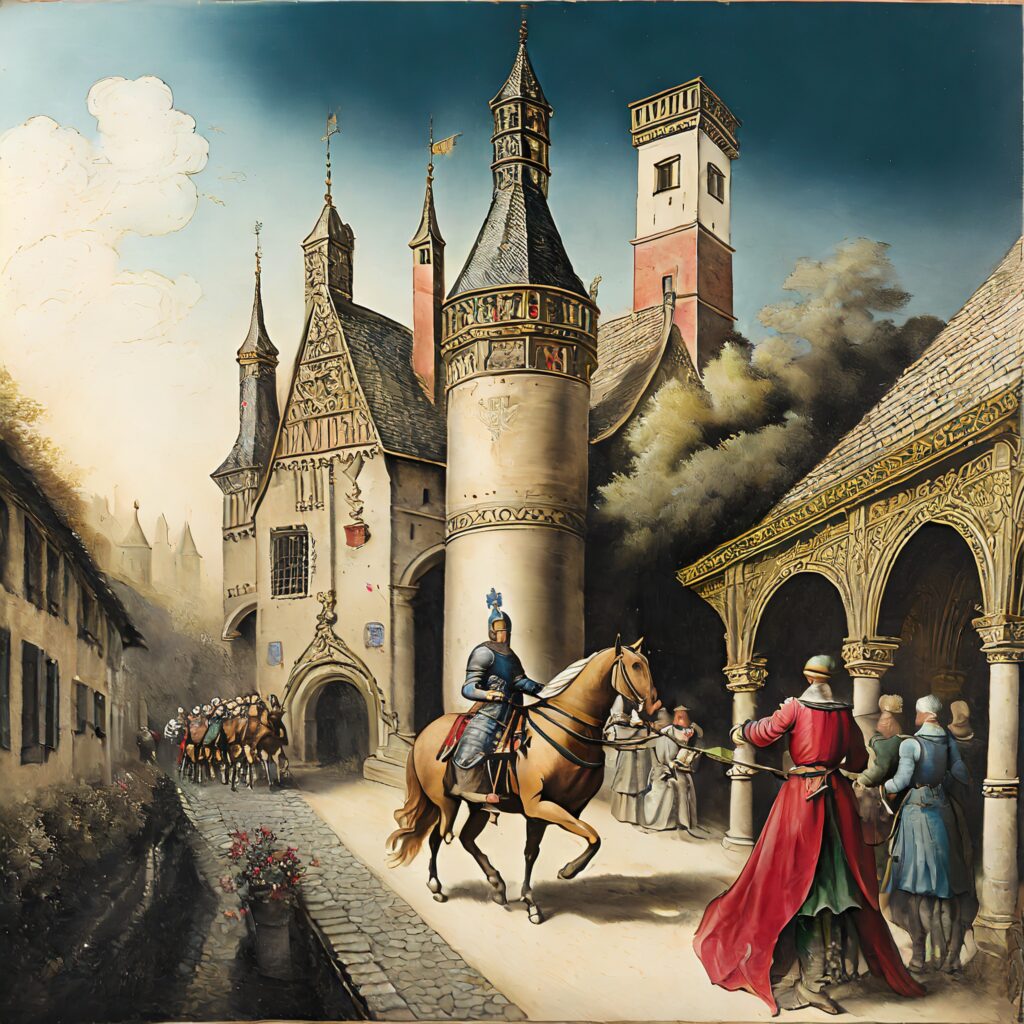
Late Middle Ages (14th to 15th Century)
- Characterized by: Marked by significant crises, including the Black Death and the Hundred Years’ War.
- Key Developments: A transition toward the Renaissance and the modern age.
The “Dark Ages”: A Misnomer
The term “Dark Ages,” once commonly used to describe the early part of the Middle Ages, is increasingly seen as a misnomer. It implies a period of cultural and intellectual decline, which is a misleading characterization of an era that saw significant developments in various fields.
The Medieval Period in Other Cultures
- French: “Le moyen âge” reflects the period’s perception from a French cultural perspective.
- Latin: “Media tempora” offers a more neutral description, focusing on the era’s placement in the timeline of history.
Cultural and Technological Contributions of the Middle Ages
Contrary to the notion of a ‘dark’ and stagnant period, the Middle Ages were a time of remarkable cultural and technological progress.
Art and Architecture
- Gothic Architecture: The development of Gothic architecture, characterized by its soaring spires and intricate designs, was a significant achievement of this era.
- Literature: The period saw the emergence of seminal works like Dante’s “Divine Comedy” and Chaucer’s “Canterbury Tales.”
Science and Technology
- Agricultural Innovations: The heavy plow and three-field system revolutionized agriculture.
- Scientific Thought: Figures like Roger Bacon laid the groundwork for modern scientific inquiry.
Society and Culture
- Universities: The founding of universities in Bologna, Oxford, and Paris.
- Legal Systems: The formation of legal structures that influenced modern law.
The Middle Ages Today: Relevance and Reflection
The Middle Ages continue to captivate modern audiences, offering insights into the foundations of contemporary society. From political systems to cultural norms, the legacies of this era are evident in various aspects of modern life.
Impact of the Middle Ages on Modern Society
The Middle Ages, far from being a forgotten chapter, have left an indelible mark on today’s world. This impact is evident in various fields, from art and architecture to science and societal structures.
Art and Literature’s Enduring Legacy
- Gothic Influences: The grandeur of Gothic architecture continues to inspire modern architectural designs.
- Literary Masterpieces: Works like “The Divine Comedy” and “The Canterbury Tales” remain cornerstones of Western literature, studied and appreciated for their depth and insight.

Scientific and Technological Foundations
- Agricultural Innovations: The agricultural advancements of the Middle Ages laid the groundwork for more efficient farming techniques.
- Scientific Pioneers: The period’s early scientists, such as Roger Bacon, set the stage for the scientific revolution.
Societal and Cultural Developments
- Universities and Education: The founding of medieval universities marks the beginning of organized higher education in the West.
- Legal and Political Systems: Many legal principles and political institutions have their roots in medieval times.
Debunking Myths: The Middle Ages Revisited
The Middle Ages, often misunderstood and misrepresented, deserve a reevaluation. By debunking common myths, we gain a clearer understanding of this pivotal era.
The Renaissance Connection
- Transition to the Renaissance: The Late Middle Ages set the stage for the Renaissance, a period that further developed the ideas and innovations of the medieval era.
Cultural Diversity and Exchange
- Cultural Interactions: The Middle Ages were a time of significant cultural exchange, with the Islamic world playing a crucial role in preserving and contributing to scientific and philosophical knowledge.
The Middle Ages Today: Relevance and Reflection (Conclusion)
In conclusion, the Middle Ages, encompassing a millennium of European history, is a period of profound complexity and richness. From its alternative names to its lasting impact, this era is a testament to human resilience, ingenuity, and the continuous pursuit of knowledge and progress. By understanding the Middle Ages, we gain valuable insights into the foundations of our modern world and the evolution of Western civilization.
Frequently Asked Questions (FAQs)
- What were the Middle Ages known for?
- The Middle Ages were known for significant developments in art, architecture, science, and the formation of social and political structures that influenced modern society.
- How did the Middle Ages influence modern education?
- The establishment of medieval universities laid the foundation for the modern higher education system.
- What is the significance of Gothic architecture?
- Gothic architecture, characterized by its verticality and lightness, was a major artistic achievement of the Middle Ages and continues to influence modern architectural design.
- Was the term “Dark Ages” accurate for describing the Middle Ages?
- The term “Dark Ages” is considered misleading and simplistic, as it overlooks the period’s significant cultural and intellectual achievements.
- How did the Middle Ages transition into the Renaissance?
- The Late Middle Ages, with its cultural and intellectual ferment, set the stage for the Renaissance, which built upon and expanded the achievements of the medieval period.
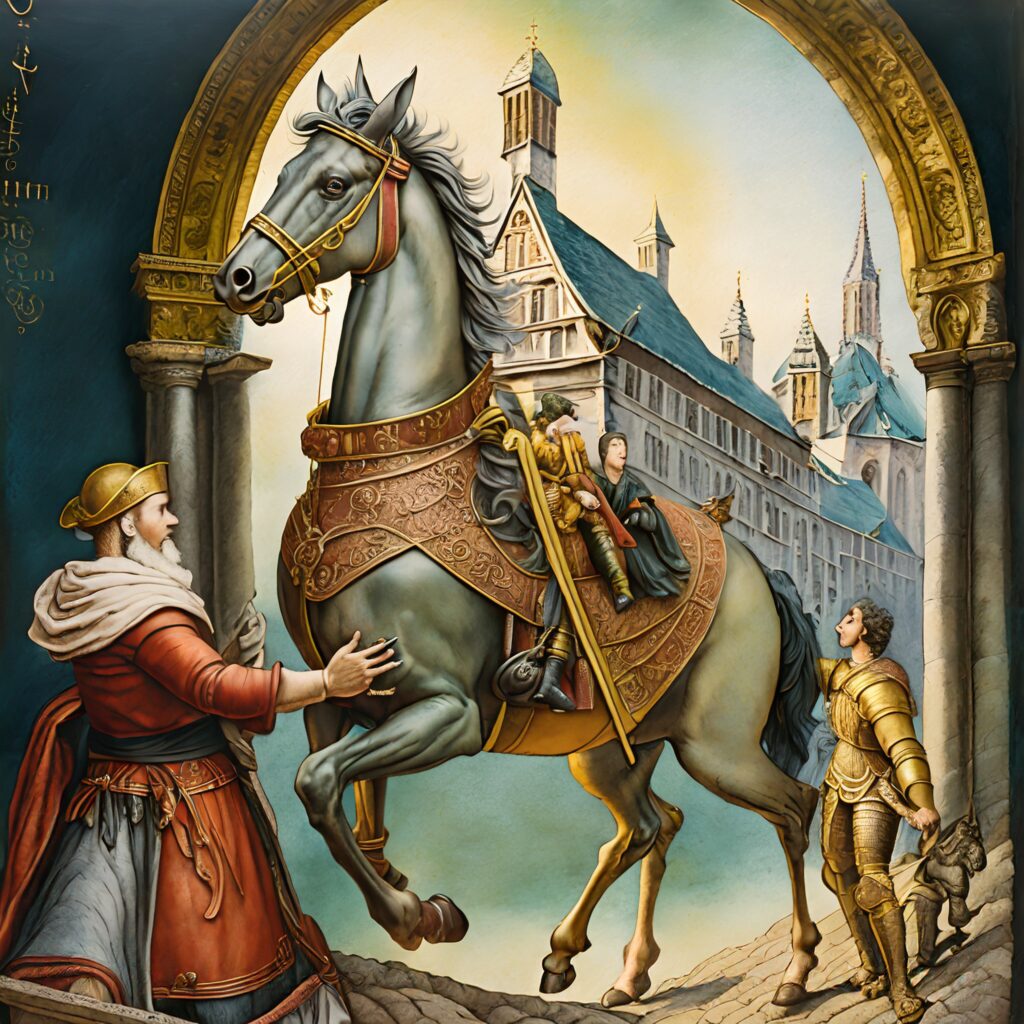


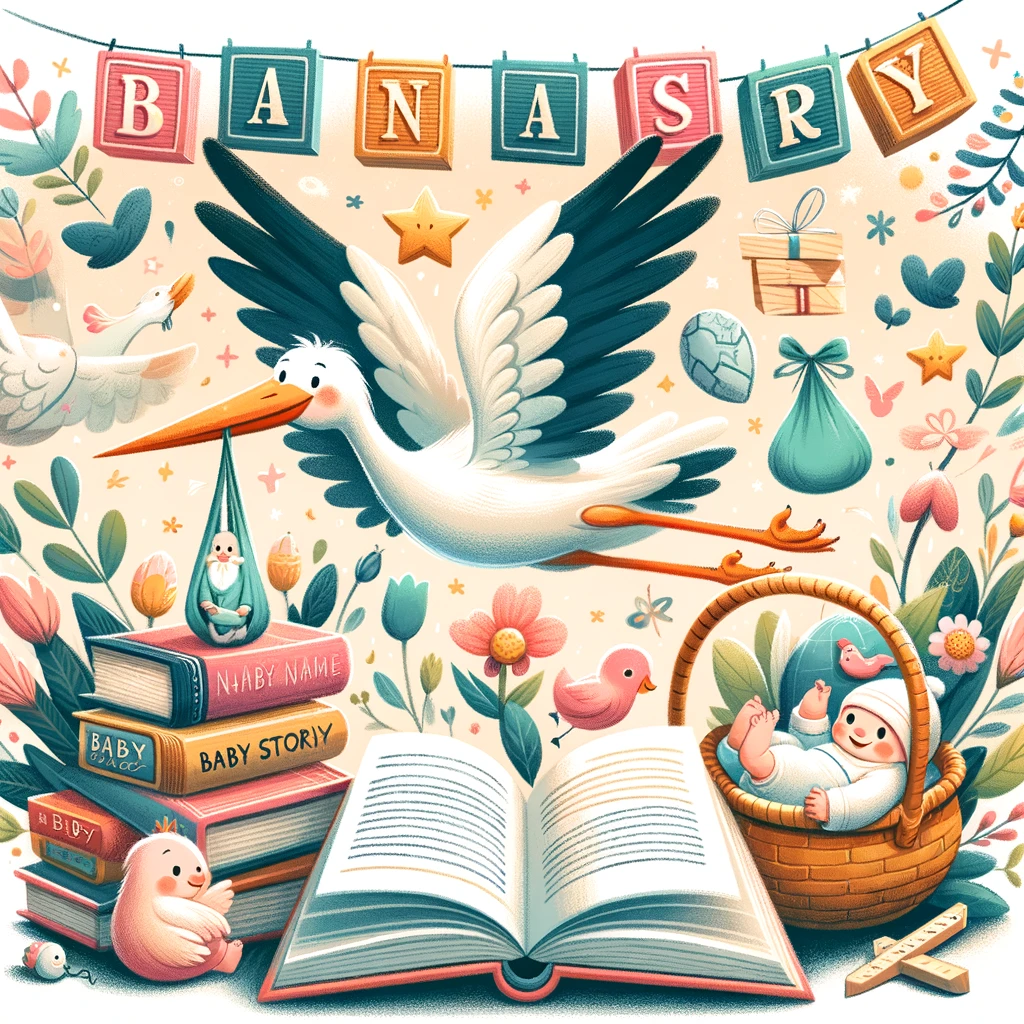
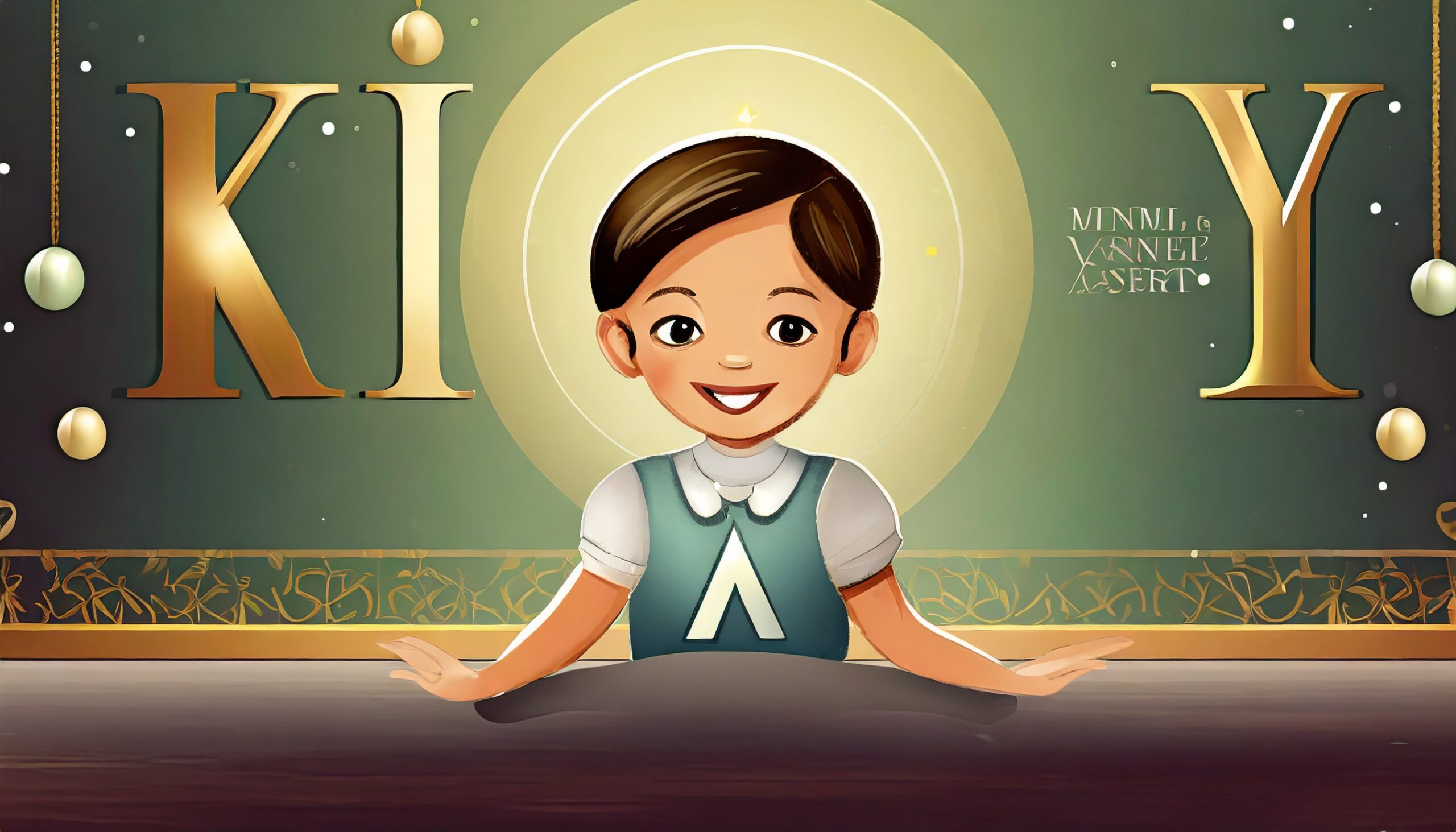
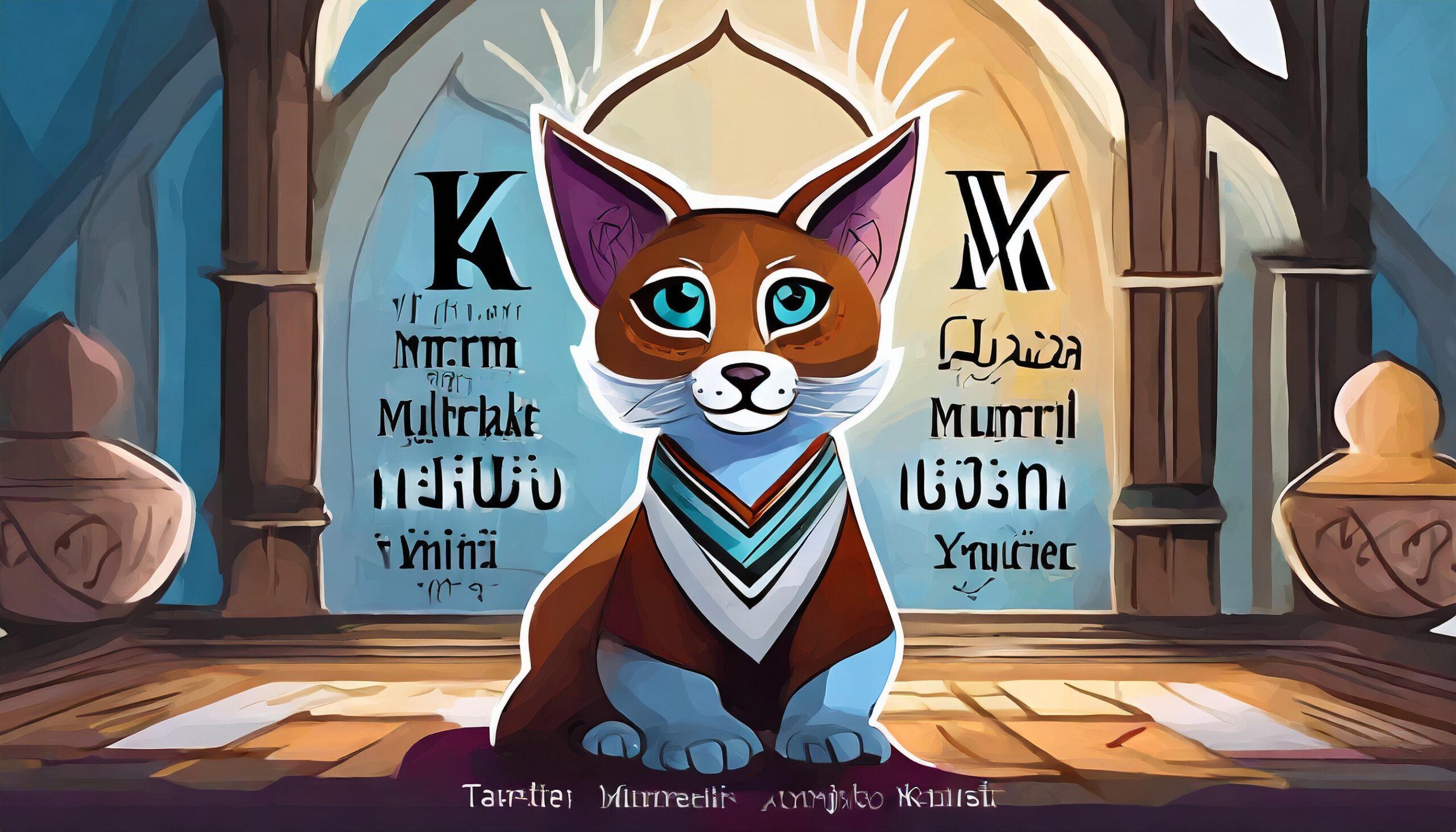
Bir yanıt yazın